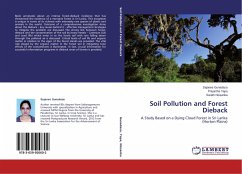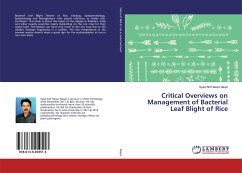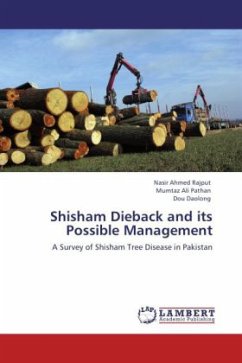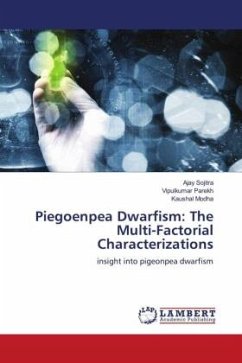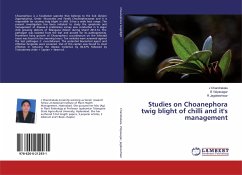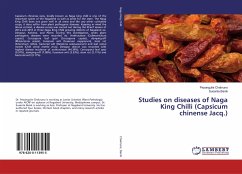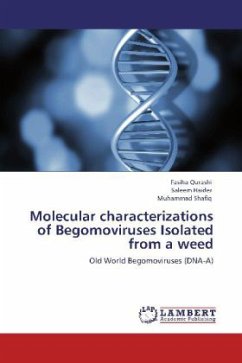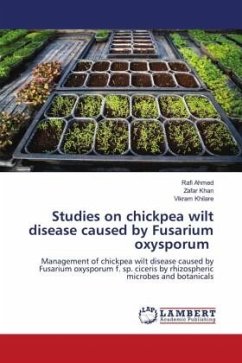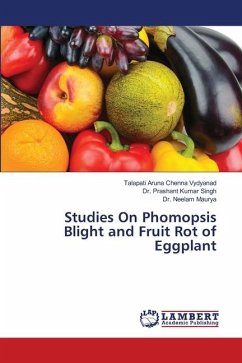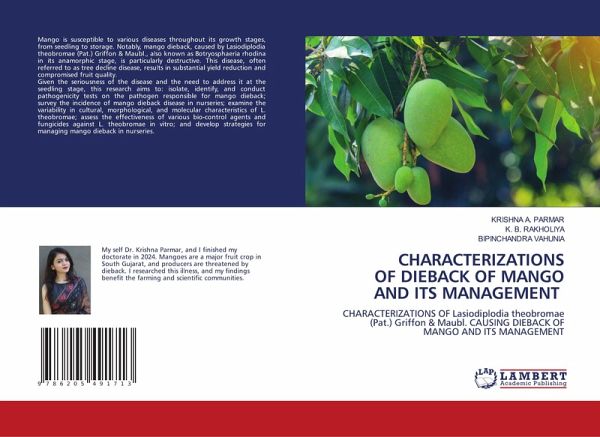
CHARACTERIZATIONS OF DIEBACK OF MANGO AND ITS MANAGEMENT
CHARACTERIZATIONS OF Lasiodiplodia theobromae (Pat.) Griffon & Maubl. CAUSING DIEBACK OF MANGO AND ITS MANAGEMENT
Versandkostenfrei!
Versandfertig in 6-10 Tagen
40,99 €
inkl. MwSt.

PAYBACK Punkte
20 °P sammeln!
Mango is susceptible to various diseases throughout its growth stages, from seedling to storage. Notably, mango dieback, caused by Lasiodiplodia theobromae (Pat.) Griffon & Maubl., also known as Botryosphaeria rhodina in its anamorphic stage, is particularly destructive. This disease, often referred to as tree decline disease, results in substantial yield reduction and compromised fruit quality.Given the seriousness of the disease and the need to address it at the seedling stage, this research aims to: isolate, identify, and conduct pathogenicity tests on the pathogen responsible for mango die...
Mango is susceptible to various diseases throughout its growth stages, from seedling to storage. Notably, mango dieback, caused by Lasiodiplodia theobromae (Pat.) Griffon & Maubl., also known as Botryosphaeria rhodina in its anamorphic stage, is particularly destructive. This disease, often referred to as tree decline disease, results in substantial yield reduction and compromised fruit quality.Given the seriousness of the disease and the need to address it at the seedling stage, this research aims to: isolate, identify, and conduct pathogenicity tests on the pathogen responsible for mango dieback; survey the incidence of mango dieback disease in nurseries; examine the variability in cultural, morphological, and molecular characteristics of L. theobromae; assess the effectiveness of various bio-control agents and fungicides against L. theobromae in vitro; and develop strategies for managing mango dieback in nurseries.





